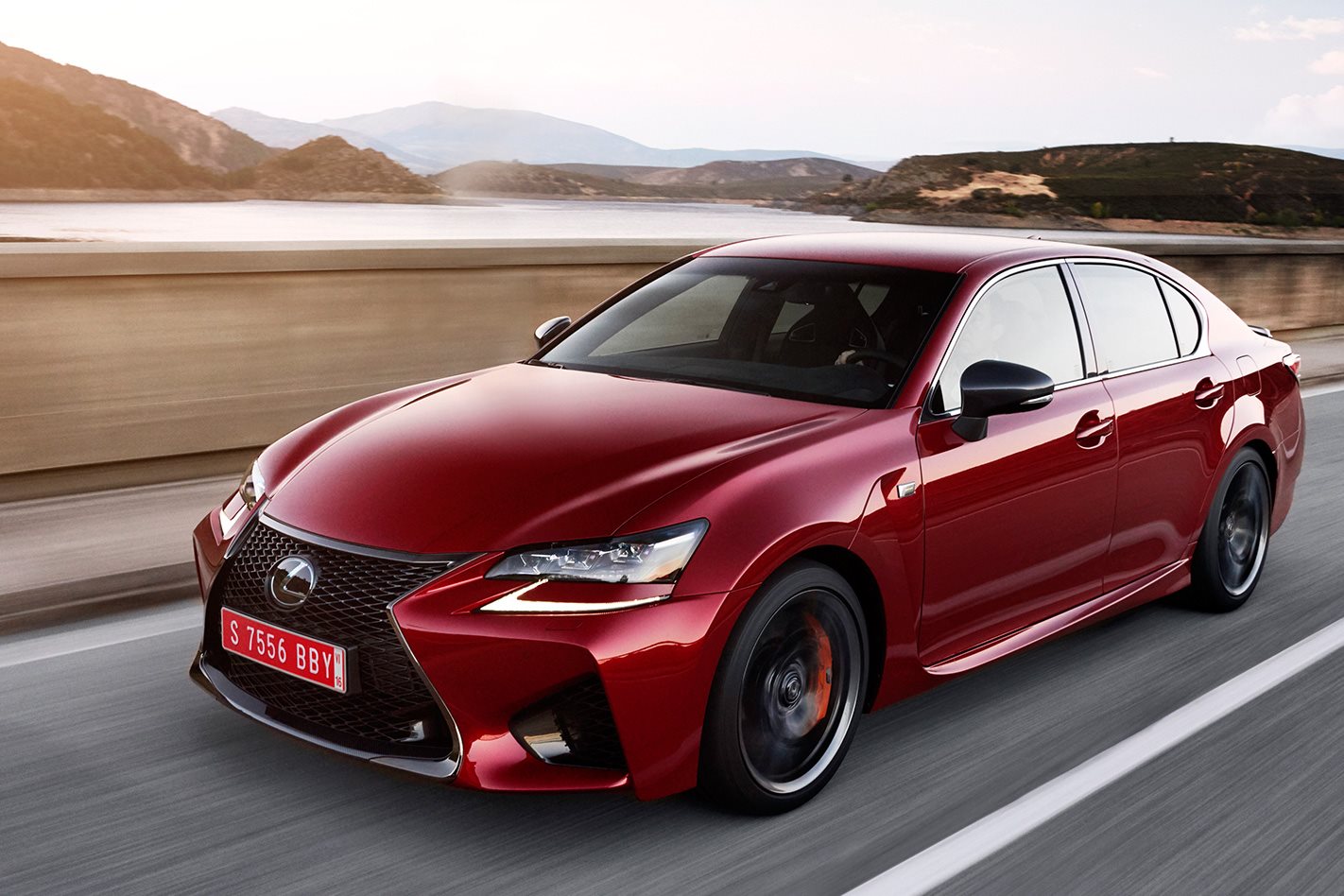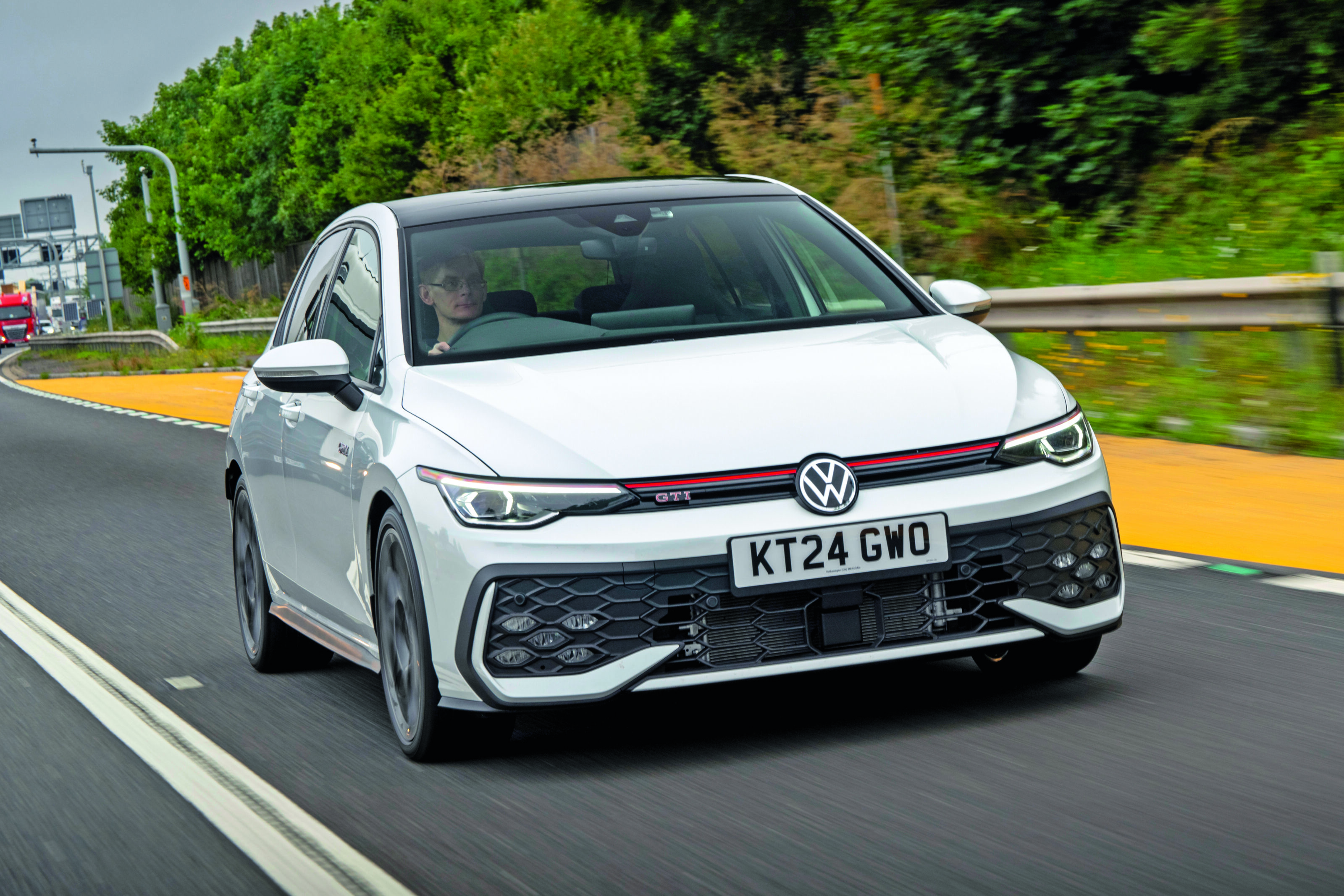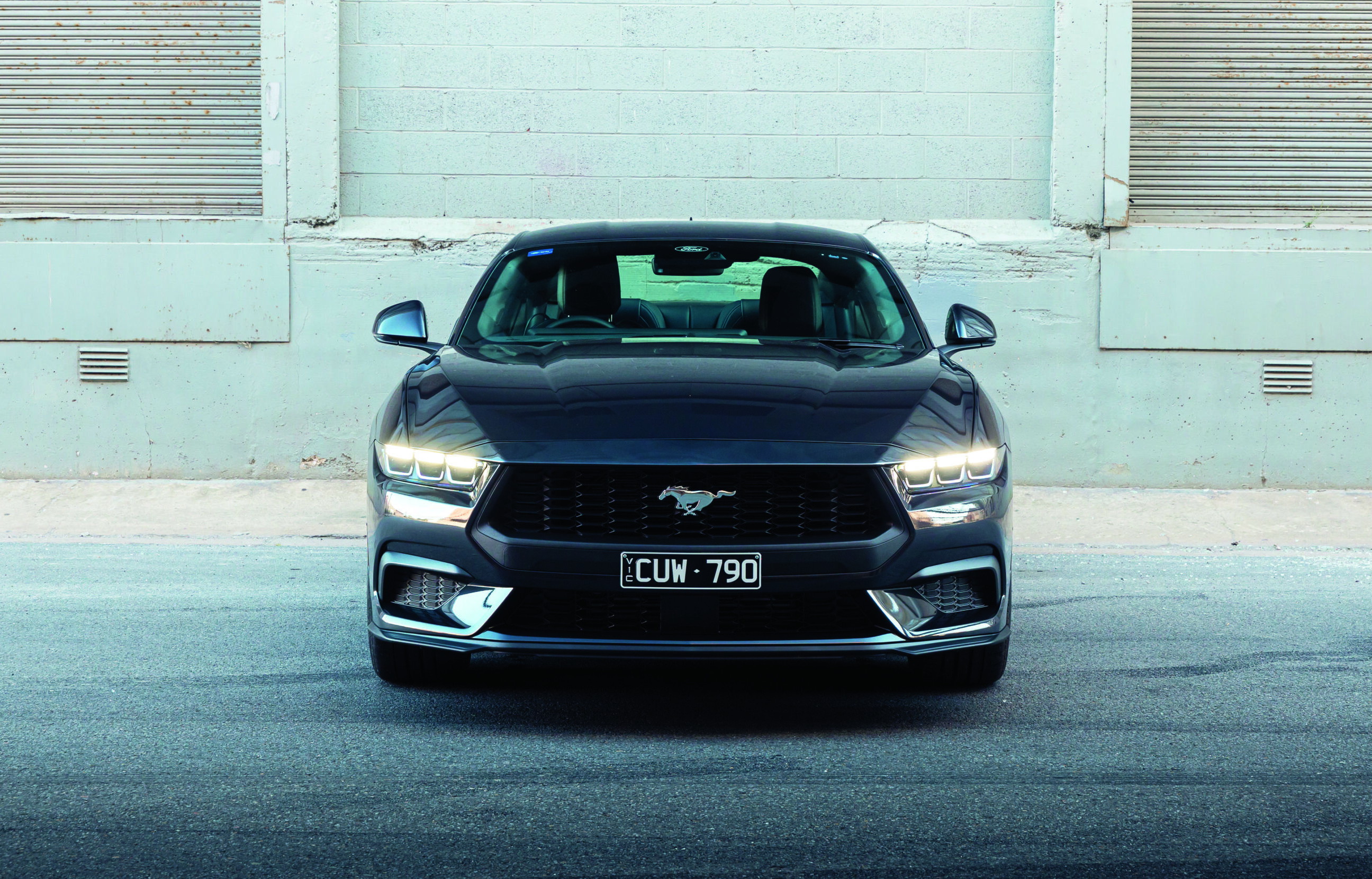Forget grunt, it’s about grip with the new Lexus GS F medium performance sedan that uses an old recipe to find new and exciting flavours of fun.
WHAT IS IT? The Lexus GS F is the performance flagship of the GS premium medium-sized sedan range. It’s about the same size as a BMW 5 Series and Mercedes E-class, yet can’t match the power or performance of their respective flagships. It’s more a rival for the Audi S6.
WHY WE’RE TESTING IT It’s a new addition to the Lexus range, and the fourth to get the F treatment, which is Lexus’s take on Audi S, BMW M and Mercedes AMG. It uses the same 5.0-litre V8 engine as the smaller RC F coupe, but in a more practical sedan body.
MAIN RIVALS Audi S6, BMW M3 or BMW M5, Jaguar XF S, Mercedes-AMG C63 or E63 − depending on whether you’re trying to match on price or size.
THE WHEELS VERDICT The Lexus GS F is a refreshing return to old-school values of performance harmony over outright horsepower. Those chasing the biggest numbers on their brochures won’t get it; those chasing the biggest smile should.
PLUS: drivetrain response, steering, grip, sound, enthusiasm MINUS: firm ride, polarising exterior styling
THE WHEELS REVIEW Forget power. Grip is the new god.
Well, Lexus would say that, wouldn’t they? After all, the company’s new medium-size performance sedan − the GS F, launching in Australia in February with an expected $155K price tag − has ‘only’ 351kW and 530Nm with which to tackle the might of BMW’s 423kW M5 and Mercedes-AMG’s 430kW E63, both of which use twin-turbocharging to amp their V8s.

Except… Lexus didn’t say grip is god. Nor is Lexus deluded into thinking this ‘underpowered’ rear-drive performance sedan is a true rival for those E-class and 5 Series German heavyweights. That’s a misconception others will leap to, and to their detriment.
Lexus, to its credit, is pushing a simple − and appealing − line: judge the GS F for what it has and what it does.
And by god it does everything well. Extremely well.
The Lexus GS F is a sweet balance of sporting flavours, where no one ingredient overpowers the others.
It’s the kind of sports sedan that loves driving, and not a little like an Aussie HSV or FPV (remember them?) with more polish.
At its core sits the same 5.0-litre naturally aspirated V8 engine that powers the RC F coupe. The two powerplants are identical, except for a few additional engine weights to dynamically balance this thundering heart.
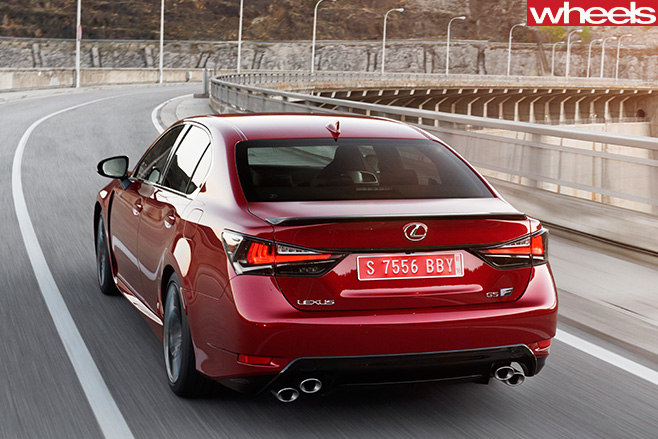
The sound of this engine on max attack is intoxicating. Lexus engineers spent considerable time ensuring the exhaust note delivered what enthusiastic drivers want in a soundtrack. There’s a bit of aural trickery involved, too, via something Lexus calls Acceleration Sound Control (ASC), which harnesses the front speakers to emphasise intake and engine sounds, while the rear speakers are called on to add some baritone boost to the exhaust note. There’s a button inside to turn this off or on; not sure it makes enough of a difference to justify the extra weight of the dedicated sound system.
Our day-long drive included some hot laps of the Jarama race track near Madrid, and it’s here where the grip from the GS F’s chassis and its Michelin Pilot Super Sport tyres (255/35 R19 front, 275/35R19 rears) first impressed. The GS F runs wishbones front and a multilink rear like lesser GS sedans, but on much firmer settings. The chassis gets a few judiciously placed strengtheners to improve dynamics. The result is an incredibly sharp yet stable − and flat − platform for spirited driving.
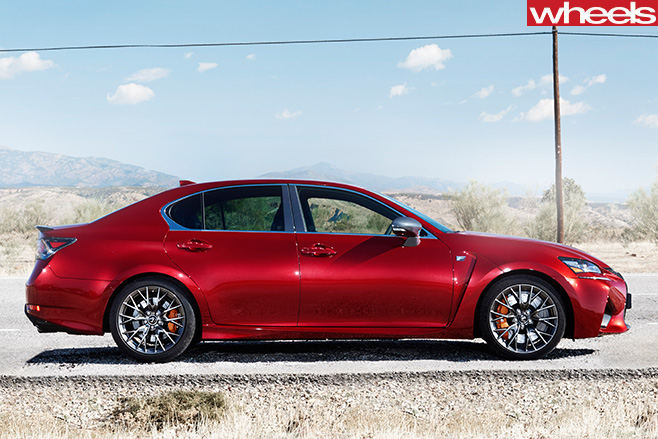
The GS F’s electric steering feeds inputs quickly and fluently to the front end. It pivots into corners with poise, and it sends a constant stream of feedback to the driver from the road.
Get on the power too early, and the front end will want to push wide. Then the GS F’s trick torque vectoring diff – standard for Australia – apportions drive to the outside rear to help ‘steer’ the car around and out of the corner. Coming into corners, it can do similar tricks on trailing throttle under brakes, keeping the car stable right to the apex then helping you hustle on exit.
The best part is the torque vectoring diff doesn’t require any conscious involvement from the driver, nor are its transitions felt. It beavers away feverishly to ensure the driver gets all the benefits without any bother.
Lexus is not the only car brand capable of such wizardry, but I’ve not driven a car where its influence has been so cohesive and effective.
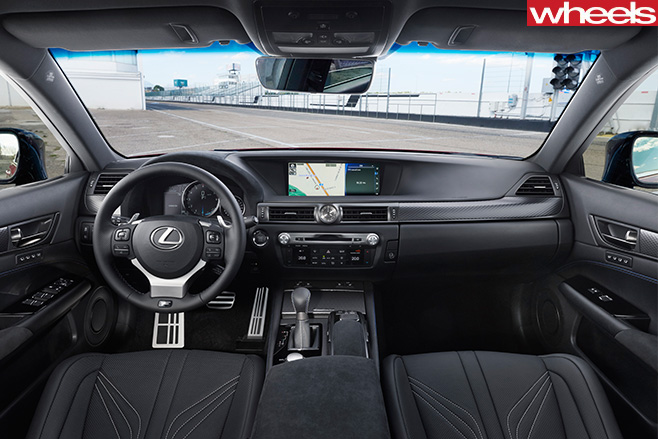
So, while some may choose to see a big V8 with no turbochargers or superchargers in a premium rear-drive sports sedan as an outdated dinosaur, that’s not fair at all. This is a thoroughly modern interpretation of an old favourite, and deserves respect for that if nothing else.
Lexus Australia’s sales ambitions are not huge − 40-50 a year − so the GS F won’t add significantly to the bottom line. But it does give Lexus’s growing reputation for building spirited and engaging performance cars a massive boost. And rightly so.
SPECS Model: Lexus GS F Engine: 4969cc V8, dohc, 32v Max power: 351kW @ 7100rpm Max torque: 530Nm @ 4800-5600rpm Transmission: 8-speed automatic Weight: 1865kg 0-100km/h: 4.6sec (claimed) Economy: 11.3L/100km (combined) Price: $155,000 (estimated) On sale: February 2016

